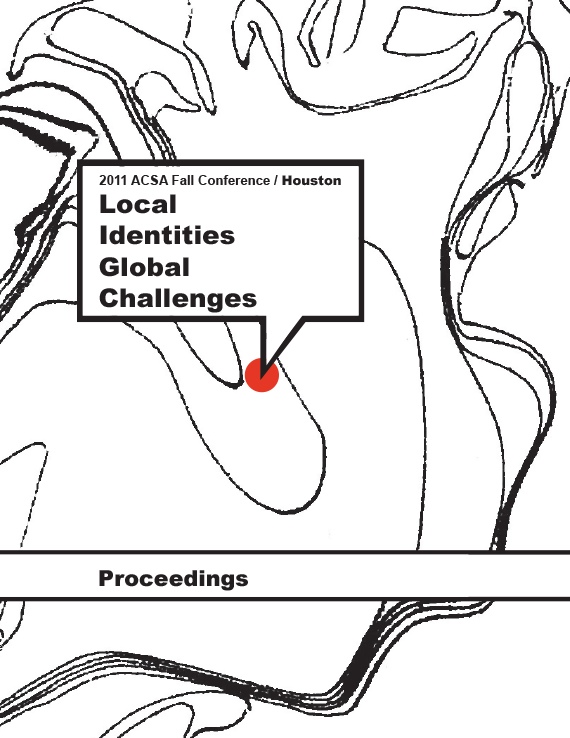Author(s): Melinda Nettles
Much of the available scholarly literature that addresses questions of race, diversity, and multiculturalism in education calls attention to the political and sociological nature of schooling. This literature proposes that schools are not simply sites of neutral knowledge transfer, but rather that they are socially embedded sites in which relationships of social power are reinforced or contested. Said differently, schools’ structure and curricula, as well as the social relations within schools, are shaped by the social conditions – including the racial, ethnic, and intercultural relations – of broader society. Thus, it is argued that because they (often unconsciously) reflect the biases and racialized social stratification of the broader world, schools can, and often do, serve to disadvantage students of color or contribute to cultural misunderstanding. By the same token, however, approaches to schooling based in a critical consciousness of these conditions are seen as potentially powerful tools in reversing conditions of racial and ethnic inequality and promoting better cross-cultural understanding. In this paper, I examine the potential implications of this literature for architectural education. I focus in particular (a) on how it relates to ongoing efforts to increase diversity in architectural education and (b) what it means for design teaching in a time of increasingly internationalized architectural practice and resurgent interest in humanitarian design. While the former is of concern due to the persistent underrepresentation of students of color in architectural education, the latter suggests the need to prepare designers to work effectively in cultural contexts different from their own. The paper begins with a literature review that suggests that there are a variety of formal (curricular and structural) and informal (psychological, interpersonal, and cultural) factors that seem to work together to limit diversity in architectural education. It also suggests that truly effective multicultural architectural education may require a modified approach to teaching that is discursive in nature and recognizes the inherently partial and culturally conditioned nature of knowledge. I follow this literature review with a critical evaluation of four design studios I taught between 2007 and 2011 that were intended to address issues of cultural context in design. The first two studios focused on housing design in US communities undergoing changes in identity as the result of international migration from Mexico. The latter two, which focused on project sites in Ho Chi Minh City (Saigon), Vietnam, explored issues of changing Vietnamese identity related to rapid urban development and increased contact with the West. While I conclude that these were imperfect experiments in multicultural teaching, I also hope to demonstrate that the design studio presents a potentially powerful venue for multicultural teaching, that such studios are essential to the development of culturally sensitive practitioners, and they have an important role to play in increasing diversity in architecture. I conclude by suggesting concrete changes that can be made to improve multicultural teaching in the design studio, and by identifying areas in need of future research.
Volume Editors
Ikhlas Sabouni & Jorge Vanegas

 Study Architecture
Study Architecture  ProPEL
ProPEL 
